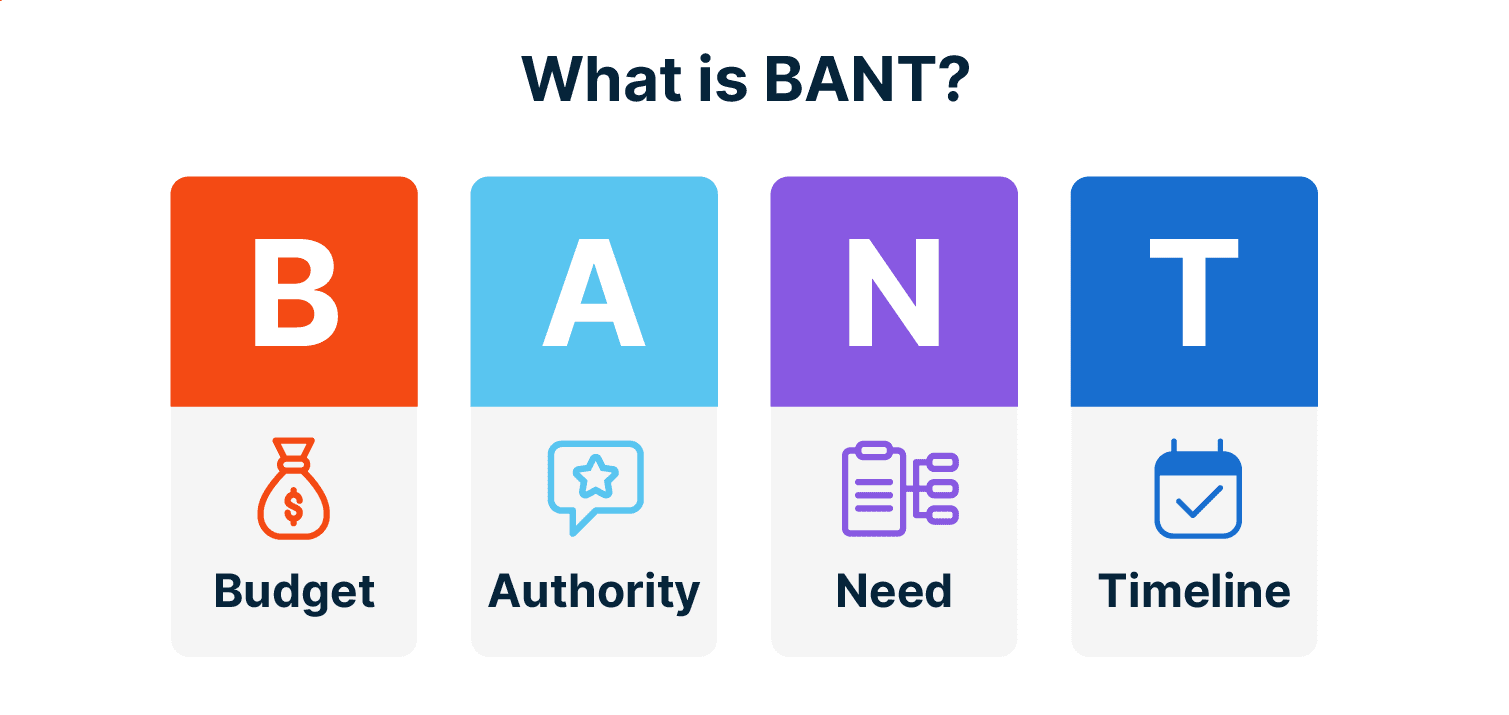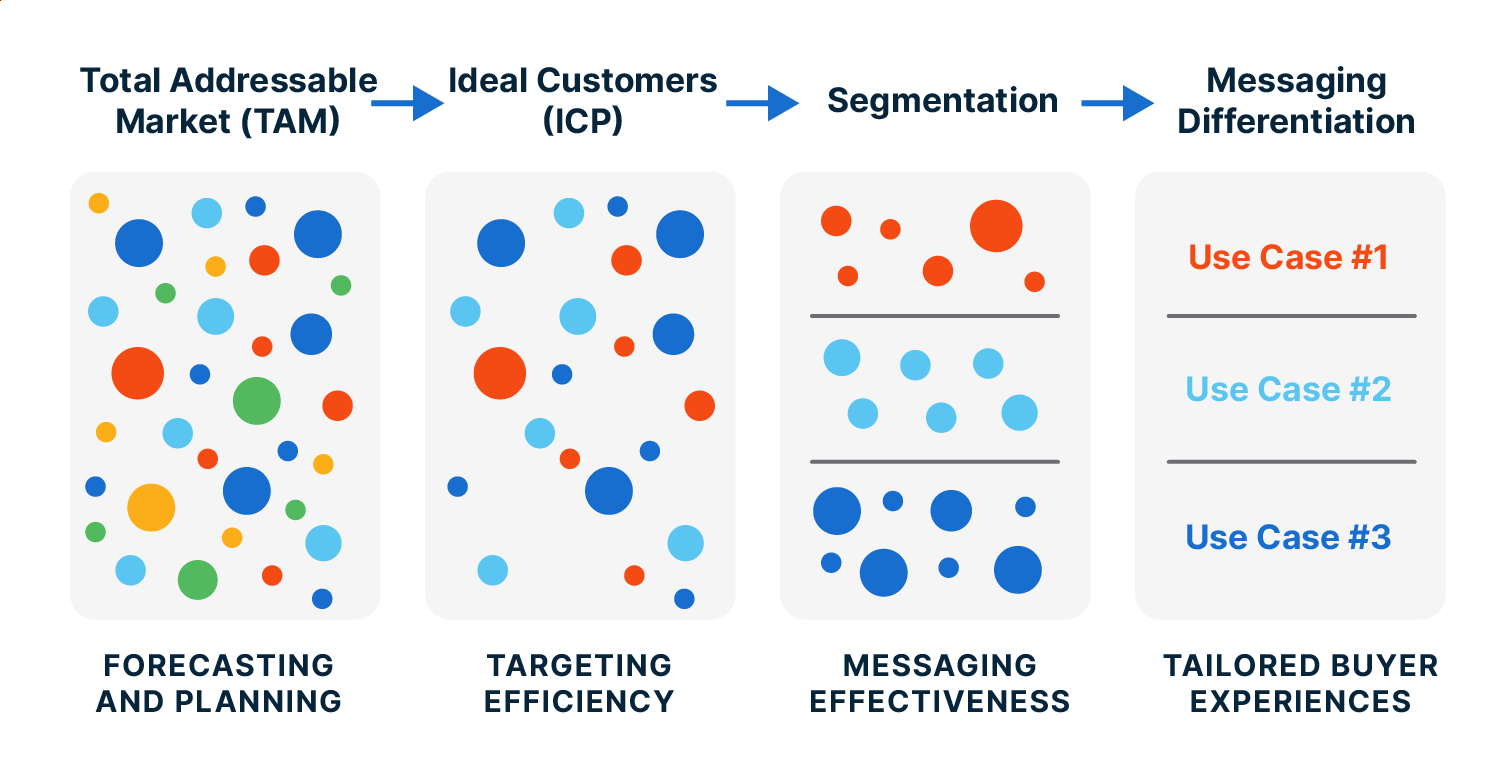
The 1-2-3 Guide to BANT Lead Generation in the Tech Niche
Article Summary
In the realm of tech marketing, generating quality leads is paramount. However, sales agents often find that only a small percentage of the leads they receive are of high quality. To bridge this gap and ensure that marketing and sales teams are aligned, the BANT lead generation method has emerged as a solution. BANT stands for Budget, Authority, Need, and Timeline. By qualifying leads based on these criteria, businesses can ensure they're targeting potential clients who are genuinely interested and have the means to invest in their offerings. The article provides a step-by-step guide to implementing BANT in lead generation for tech businesses. It emphasizes the importance of creating an ideal customer profile, identifying qualifying businesses, understanding decision-makers, and running targeted marketing campaigns. By adopting BANT, tech businesses can streamline their lead generation process, ensuring they target and nurture leads that have the highest potential for conversion.
Sales agents say only 5% of the leads they receive are quality leads. In addition, less than 15% of leads turn into a sale. A major disconnect between marketing and sales teams leads to missed opportunities and wasted resources because sales teams are running after leads with no interest in your brand. However, through BANT lead generation, you can qualify your leads before you collect them to ensure the list you’re nurturing meets your company’s criteria.
Learn how B2B tech businesses can create a BANT lead generation strategy to improve their conversion rate.
Key Takeaways:
- BANT qualifies leads based on their budget, authority, needs, and timing
- Use BANT criteria to build a target account list and choose filters for targeting your marketing
- Account-based marketing that uses direct marketing strategies to target accounts has a higher return than traditional marketing strategies
🤫 PS: Looking for pricing on content syndication leads? Get a price list here
What Is BANT?
BANT is a lead qualification formula that businesses use to find the accounts with the highest potential to purchase from their company. It stands for:
- Budget: How much is the account willing and able to spend?
- Authority: Is the lead a primary decision maker with authority to make purchase decisions?
- Need: Do your products solve pain points or fulfill their needs?
- Timeline: When does the lead want to purchase your products and services?

A sales-qualified lead meets at least three of the four BANT criteria. Therefore, your team should prioritize those leads as they’re most likely to be the highest-value accounts.
Why Is BANT Important for Lead Generation?
When B2C marketers refer to BANT, they usually talk about qualifying leads they already have.
However, you can save time and resources using BANT for lead generation in B2B marketing. When you use BANT for lead generation, you seek out accounts that meet three to four criteria and target them with your marketing efforts rather than qualifying them after you collect the leads.
This ensures you generate sales-qualified leads with a high potential to purchase.
Targeting a few select high-quality accounts is also called account-based marketing, as you focus your marketing efforts on specific accounts. Account-based marketing can increase your revenue by 208%.
7 Steps To Use BANT in Lead Generation for Tech
Use these steps to generate qualified leads using BANT criteria.
Step 1: Create an Ideal Customer Profile
What does your ideal client look like? Use the BANT criteria to guide you in creating a list of characteristics of your ideal customer. For example:
- What’s their budget?
- How large is their company?
- Where are they located?
- What’s their industry?
- What are their needs?
Step 2: Identify Qualifying Businesses
Use your ideal customer profile to identify businesses that meet those criteria. These businesses are most qualified to purchase from your brand based on BANT.
Online identification tools allow you to search businesses by company size and net worth. However, you can also look through your database for past accounts you’ve interacted with that meet your criteria.
Not all the accounts that can use your products will need them. Perform research on the businesses in your niche to narrow down those businesses with the greatest need based on online actions, business behaviors, or demographics.
For example, a business that recently hired a dozen new employees shows signs of growth, which means they may need new software systems to handle their more significant needs. You can also research what software they currently use to identify businesses where you can improve their workflow with updated options.
Step 3: Understand the Primary Decision Makers in Those Businesses
While you might generate a lead who works in one of your target businesses, if they can’t influence purchase decisions, they aren’t as valuable as a lead who can. Create a list of specific titles from your target accounts. Those titles are the people within the target business who can purchase products and services.
Step 4: Build a Target Account List
Compile all the information you learned about those BANT-qualified accounts in a target account list. Roughly 57% of marketers target fewer than 1,000 accounts at once to ensure they can use personalized strategies.
You’ll then segment those accounts based on similarities. For example, accounts in the same niche can be on the same list. In addition, you can build lists based on the titles of the decision makers within those businesses, so when you send emails, you can address them by their title and title-specific pain points.

Step 5: Run Direct B2B Lead Generation Campaigns
Instead of running mass marketing strategies, you’ll focus your time and resources on these lists of qualified and segmented accounts through direct and targeted marketing.
For example, ActualTech Media performs content syndication for lead generation using target account lists. In this strategy, you send marketing content directly to your target accounts with personalized messages for each account segment.
Step 6: Use Filters To Identify Similar Accounts
Through targeted lead generation strategies, you can bring in more accounts that meet your BANT criteria than those on your list.
For instance, you can speak at a niche IT webinar where many of your qualified audience will attend. By establishing your BANT criteria, such as title and business size, you can sort the guest list by those factors. Therefore, the leads you receive from the webinar match your qualification criteria.
In addition, you can run content syndication strategies using filters based on your BANT criteria. ActualTech Media offers several filters to reach decision makers in qualified businesses, including geo, title, and industry.
Step 7: Build a Qualified Leads List
The most effective lead generation campaigns are content you share that requires your audience to exchange their information to access it. For example, you would share an e-book or whitepaper through content syndication. Your target accounts can then access that e-book by filling out a contact form that asks qualifying questions like their industry and title, providing you with the information you need to qualify the leads as you generate them.
You can then move them on to the next step of the sales journey and begin nurturing your leads through direct marketing strategies that solve any remaining barriers and convince them to make a purchase.
Generate a List of Qualified B2B Leads
ActualTech Media is a lead generation company that helps you generate a list of net new leads that fulfill your criteria using multiple targeting and filter options. Through our lead generation solutions, you’ll maximize your return by investing in accounts with the greatest potential.
Contact us to find the right lead generation solution for your marketing goals.